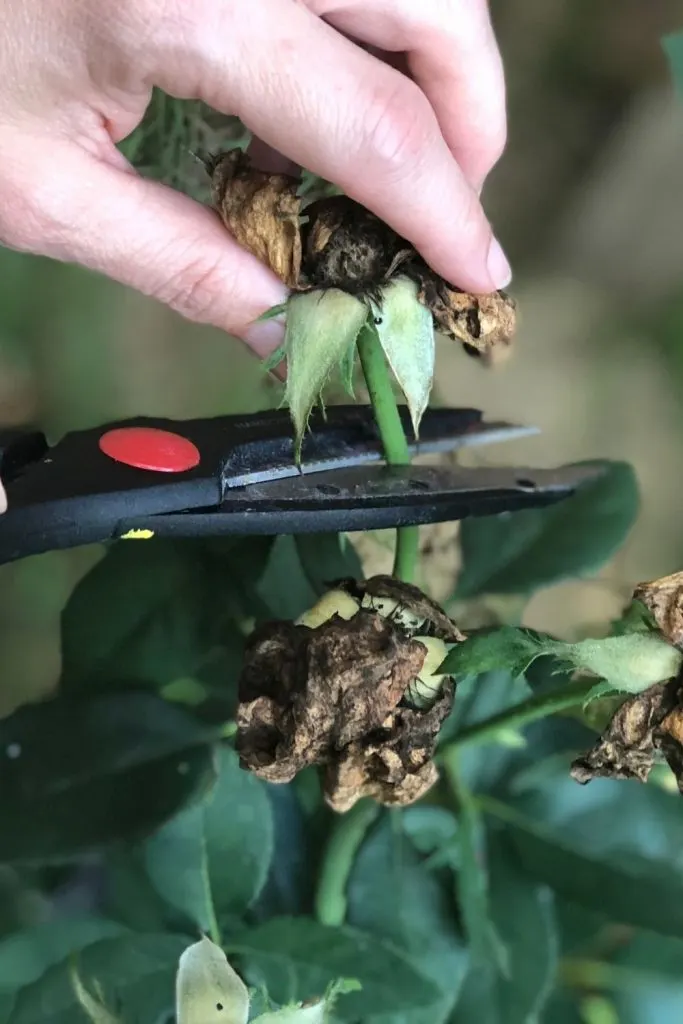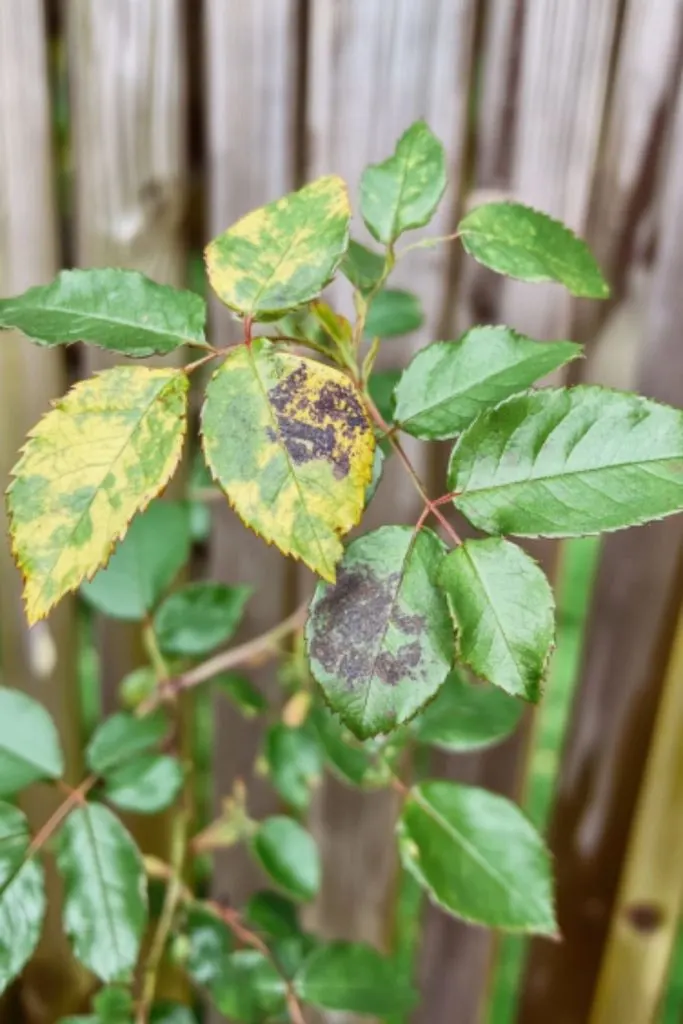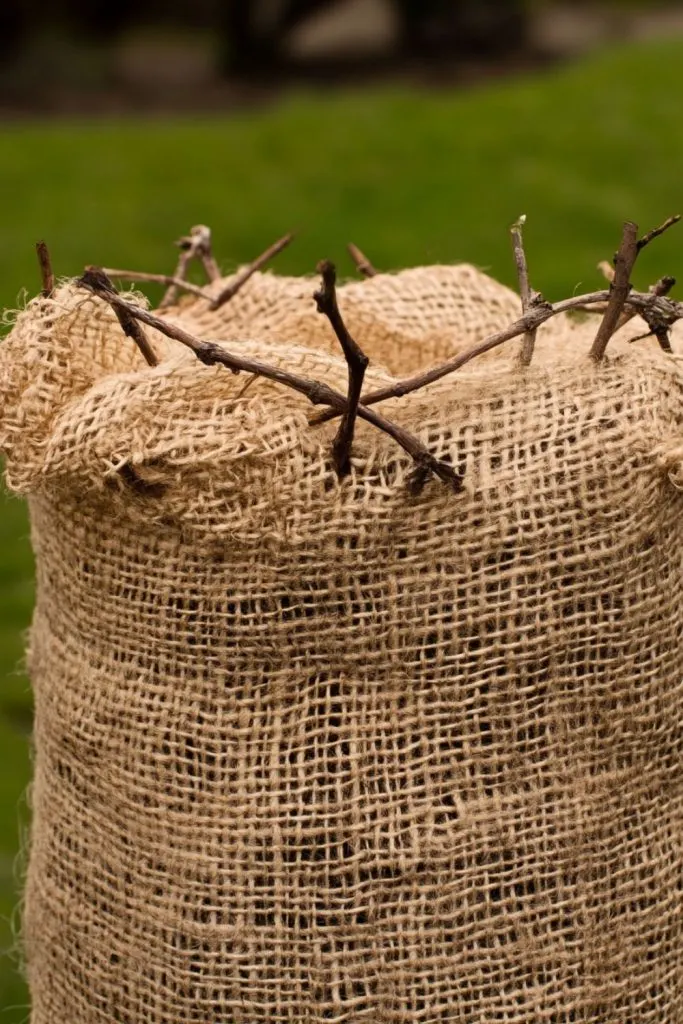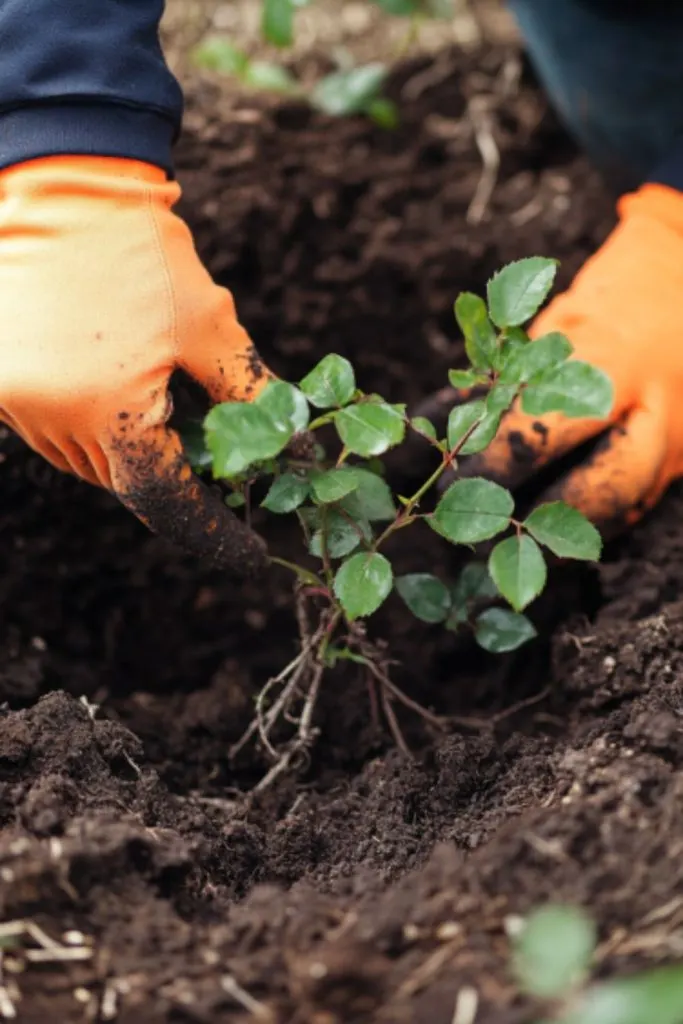Fall may signal the end of the growing season, but it’s also the time to prepare your roses for winter.
With proper care, you’ll ensure they emerge healthy and strong, rewarding you with beautiful blooms come spring.
While winterizing roses may seem like a lot of work after a busy growing season, the effort will pay off.
Here’s how to make sure your roses survive winter and thrive next year.
1. Stop Fertilizing by Late Summer
As tempting as it is to continue fertilizing while your roses are blooming, stop by late August or early September. Fertilizing into the fall encourages new growth, which is tender and more susceptible to frost damage.

In general, you should stop fertilizing about eight weeks before your area’s first frost. This gives the plant time to harden off and prepare for dormancy, reducing the risk of frost killing off new shoots.
2. Shift from Deadheading to Rose Hips
Deadheading is critical throughout summer to encourage new blooms, but by early fall, you should allow your roses to form hips – the fruit of the rose that signals the plant to enter dormancy.
This will help the rose understand that the growing season is over. If some buds haven’t opened yet, feel free to remove them, but avoid cutting back too much, as you don’t want to encourage further growth at this point.
3. Light Pruning: Remove Dead and Diseased Canes
Fall isn’t the time for heavy pruning, which can encourage fresh growth, but it’s a good time for light cleanup. Focus on removing dead, damaged, or diseased canes that could harbor infections over winter. Look for canes with blackspot or mildew and remove any stems that appear brown and shriveled.

Use sharp, clean shears to make diagonal cuts about 1/4 inch above a bud. This will help prevent diseases from overwintering and ensure your roses stay healthy.
4. Prune Top-Heavy Roses by One-Third
As roses lose their leaves in the fall, their branches become more exposed to the wind. Top-heavy roses are particularly vulnerable to snapping in strong winds or heavy snow. To prevent damage, prune back the top third of the canes, reducing wind resistance and protecting the plant.
When pruning, look for outward-facing buds and make your cuts at a 45-degree angle about half an inch above the buds. This helps channel future growth in the right direction and prevents wind damage.
5. Clean Up Diseased Leaves and Foliage

Remove any fallen leaves or debris around the base of your rose plants. Diseased leaves, especially those affected by blackspot or mildew, can harbor fungal spores that reinfect your roses next year.
It’s best to dispose of diseased foliage in the trash rather than composting it, as most backyard compost heaps don’t get hot enough to kill fungal spores.
6. Protect Roots and Crown from Frost
Once the first frost hits, it’s time to protect your roses from fluctuating winter temperatures. Start by applying a layer of compost at the base of the plant, followed by a thick mound of mulch. Use materials like straw, pine needles, or leaves to insulate the crown and protect it from freeze-thaw cycles.

The mound should be about 10-12 inches high, depending on the size of your plant. You can also use a rose collar or tomato cage to hold the mulch in place, especially in windy conditions. For added insulation, cover the mound with burlap or jute fabric to help regulate soil temperature.
Remember to remove this mound gradually in early spring, allowing the plant to wake up naturally as temperatures rise.
7. Continue Watering If Conditions Are Dry
Although the growing season is winding down, your roses still need water, especially if you experience a dry fall. If rain is sparse, keep the soil moist to prevent stress on the roots. This is particularly important if September is warm, as strong winds can dry out plants faster than you might expect.
Bonus: Can I Transplant Roses in the Fall?

Yes, fall is a great time to transplant roses, especially once they’ve gone dormant in late October. Just remember to prune lightly before transplanting to reduce stress on the plant. After relocating the rose, water it thoroughly and protect it with a thick layer of mulch to insulate the roots during winter.
Your Fall Efforts Lead to Spring Rewards
Taking the time to properly prepare your roses for winter ensures they’ll come back strong and healthy in the spring.
Though it may feel like extra work after a busy gardening season, the payoff in next year’s blooms will make it all worthwhile. By stopping fertilization, shifting from deadheading, and protecting your plants from harsh weather, you’re setting the stage for a beautiful, blooming garden next year.


